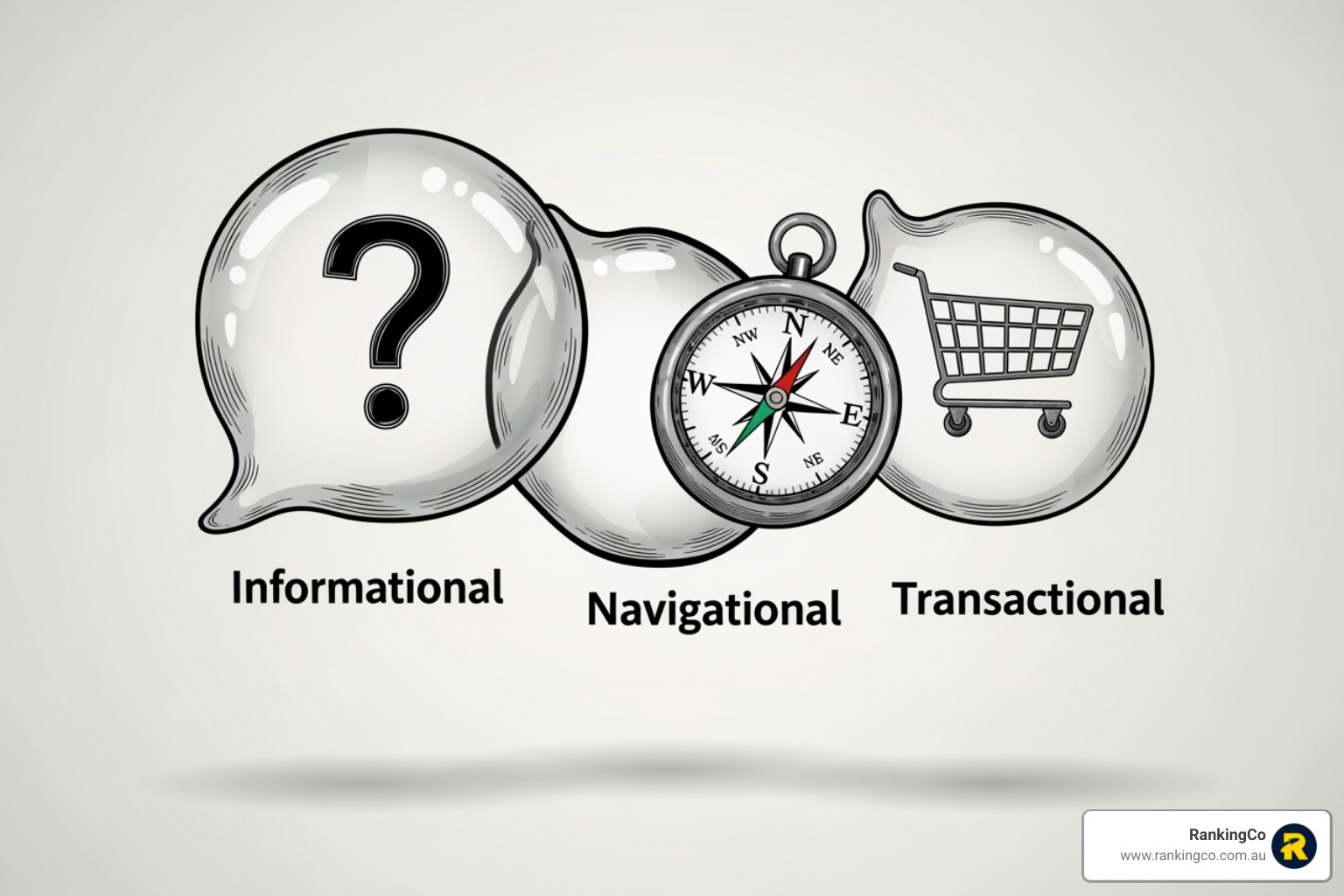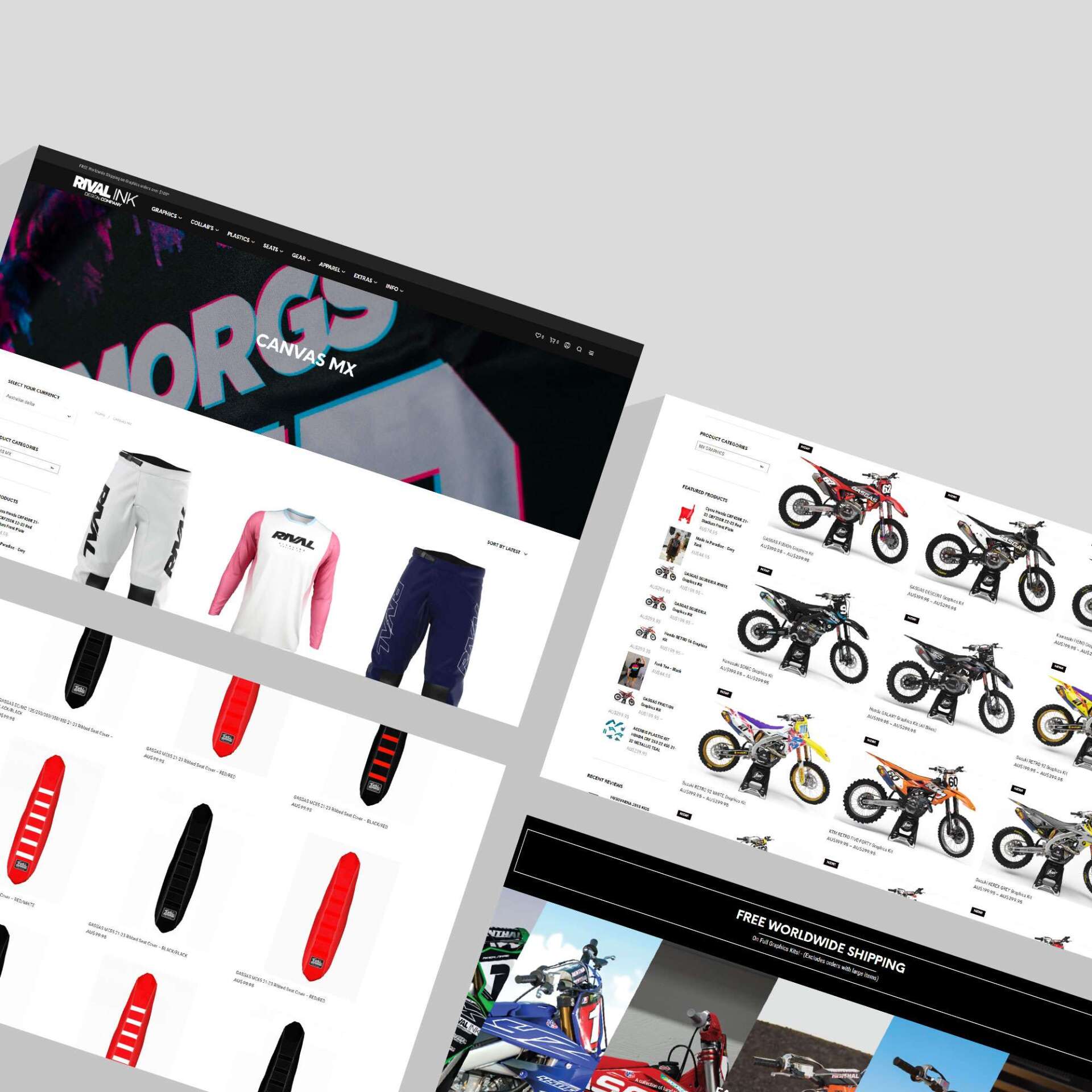9 Tips for Creating Search Engine Optimised Content

Why Search Engine Optimised Content Is Your Secret Weapon

Search engine optimised content is created to rank high on Google while giving readers real value. It’s how you show up at the exact moment your ideal customers are searching. Truly optimised content includes:
- Targeted keywords that match what your audience is searching for.
- Clear structure with headings and short, scannable paragraphs.
- High-quality information that answers questions and solves problems.
- Mobile-friendly design that works perfectly on any device.
- Strategic internal and external links to guide users and search engines.
- Optimised images with descriptive alt text for fast loading.
- Compelling titles and meta descriptions that encourage clicks.
If people can't find your content, it doesn't matter how good it is. Organic search drives over 50% of all website traffic. Unlike paid ads that vanish when the budget runs out, well-optimised content is an asset that keeps attracting visitors, building trust, and driving conversions for years.
Creating content that gets found isn't rocket science. It’s about applying a few core principles consistently. At RankingCo, we've seen how the right approach to search engine optimised content can transform a business from invisible to indispensable. This guide will show you how.

Why Search Engine Optimised Content Matters
Search engine optimised content isn't just a nice-to-have; it's essential for survival online. It’s the difference between being found by people actively looking for your services and being completely invisible.
Beyond just traffic, this type of content builds something paid ads can't: long-term visibility and trust. Think of paid ads as renting a billboard. Your message disappears the moment you stop paying.
SEO content is like owning prime real estate. You invest in it once, and it works for you around the clock, bringing in visitors for months or even years.
This sustainable approach drives real business growth. When your content genuinely helps people, visitors are far more likely to trust your brand and become loyal customers.
For businesses in a competitive market like Brisbane, this is even more critical. Working with an SEO expert in Brisbane who understands the local landscape can give you a significant edge, ensuring you appear at the exact moment local customers are searching.
The bottom line? Search engine optimised content is about building a profitable, long-lasting online presence that keeps delivering results.
The Basics: Foundations of SEO Content

Before diving into advanced tactics, let's cover the non-negotiable foundations of search engine optimised content .
-
Keywords: These are the terms your customers type into Google. Weave them naturally into your content where they make sense, focusing on a conversational tone rather than robotic stuffing.
-
User Intent: Understand why someone is searching. Are they seeking information (informational), looking for a specific site (navigational), or ready to buy (transactional)? Match your content to their goal.
-
Content Quality (E-E-A-T): Quality trumps quantity. Google rewards content that demonstrates Experience, Expertise, Authoritativeness, and Trustworthiness. This means offering real, accurate help, not just filler.
-
Readability: If your content is a wall of text, people will leave. Use short sentences, clear language, and plenty of headings and bullet points to make it easy to scan. Write for humans first.
-
On-Page Elements: Technical bits like meta tags (the text snippets in search results), logical headings (H1, H2, H3), and internal links are vital. They provide structure and guide both users and search engines.
-
Mobile Optimisation: This is not optional. With most searches happening on phones, Google uses mobile-first indexing. Your site must be fast and look great on a small screen, or you'll fall behind.

9 Tips for Creating High-Impact, Search Engine Optimised Content
Ready to create content that ranks and converts? Here are nine essential tips for high-impact, search engine optimised content .
1. Conduct Thorough Keyword Research
Know what your audience is searching for before you write. Identify high-value keywords, including both broad terms and specific long-tail phrases that signal strong intent. Grouping related topics into clusters helps signal your authority to search engines.
Tip: For online stores, our eCommerce SEO services focus on pinpointing these high-intent keywords.
2. Satisfy User Intent
Match your content to the user's goal. If someone searches "how to unclog a sink," they want instructions, not a sales pitch. Delivering exactly what they need makes your content more helpful and more likely to rank.
3. Write High-Quality, Original Content
Google rewards unique, valuable, and well-researched content. Avoid thin, duplicated, or low-effort AI-generated text. Use authoritative sources and add your own unique insights and experience to stand out.
Example: A local cafe shouldn't just list coffee types. Share your bean-sourcing journey or a customer's favourite brew to provide real, original value.
4. Craft Compelling Titles & Meta Descriptions
Your title and meta description are your ad in the search results. Make them clear, enticing, and include your primary keyword. A great meta description boosts your click-through rate (CTR), even if you aren't in the top spot.
Learn more about Onsite SEO best practices to master these elements.
5. Structure with Headings
No one likes a wall of text. Use H1, H2, and H3 tags to break up your content into logical sections. This improves readability for users and helps search engines understand the structure of your page. Short paragraphs and bullet points are also your friends.
6. Optimise Images
Images are powerful SEO tools. Use descriptive file names (e.g., blue-running-shoes.jpg
) and add alt text to describe the image for search engines and visually impaired users. Always compress images to ensure your page loads quickly.
Tip: A page that takes longer than 3 seconds to load can lose over 30% of its visitors.
7. Improve Readability & User Experience
Write for humans. Use clear language, short sentences, and plenty of white space. A good user experience keeps people on your page longer, signalling to Google that your content is valuable and engaging.
8. Use Internal & External Links
Internal links guide users to other relevant pages on your site, keeping them engaged and helping search engines map your site's structure. External links to credible sources back up your claims and show your content is well-researched.
Explore our Technical SEO services to learn how site structure impacts your SEO health.
9. Prioritise Mobile-Friendliness
With Google's mobile-first indexing, your mobile site is what matters most for ranking. Ensure your content is responsive—adapting to any screen size—and loads lightning-fast on mobile devices. A clunky mobile experience is a guaranteed way to lose customers.
Common Mistakes to Avoid with Search Engine Optimised Content
Creating effective search engine optimised content means sidestepping common pitfalls. Here are the mistakes you'll want to avoid:
-
Keyword Stuffing: Forcing keywords into sentences makes your content unreadable and can trigger Google penalties. Write naturally for your audience first.
-
Thin or Duplicate Content: Every page must offer unique, substantial value. Copying content or publishing low-value filler will hurt your rankings.
-
Ignoring User Experience (UX): A confusing, slow, or cluttered site frustrates users. High bounce rates tell Google your content isn't helpful, which harms your ranking.
-
Broken Links: Links that lead nowhere create a poor user experience and signal to search engines that your site is poorly maintained. Regularly check and fix them.
-
Poor Mobile Design: In a mobile-first world, a site that performs poorly on a phone is practically invisible. Your content must be responsive and fast on all devices.
-
Neglecting Meta Tags & Alt Text: These are easy wins. A compelling meta description earns clicks, while descriptive alt text helps search engines and users with screen readers understand your images.
-
Relying Solely on AI: AI is a great assistant for drafting, but it can't replace human expertise. Always edit, fact-check, and add your unique perspective to meet Google's E-E-A-T guidelines.
-
Using "Black Hat" SEO Tactics: Dodgy tactics like hidden text or link schemes might offer short-term gains, but they inevitably lead to severe penalties. It's never worth the risk.
Measuring the Success of Your Search Engine Optimised Content
So, you've created great search engine optimised content . How do you know it's working? Without measuring your results, you're flying blind. Tracking performance is key to refining your strategy for even better results.
We use tools like Google Analytics and Google Search Console to get a clear picture of performance. Key metrics to watch include:
- Organic Traffic: How many visitors find you through search.
- Keyword Rankings: Where you appear in search results for your target terms.
- Bounce Rate: The percentage of visitors who leave after viewing only one page.
- Time on Page: How long visitors spend reading your content.
- Conversions: The ultimate metric—are visitors taking desired actions like filling out a form or making a purchase?
SEO is not a set-and-forget activity. The digital landscape is always changing. We recommend auditing and refreshing your key content at least twice a year to keep it relevant, accurate, and aligned with current best practices.
For a quick snapshot of your site's health, you can check your site's performance with Google's Lighthouse testing tool. It provides instant insights on speed, accessibility, and SEO.
Next Steps / Action Plan
Feeling overwhelmed? Don't be. Success with search engine optimised content comes from consistent, steady improvements, not a frantic overhaul.
Here’s a simple way to start:
- Conduct a quick content audit. Identify your best-performing pages and find those that need a refresh. Polishing existing content is often a quick win.
- Create a content calendar. Block out time each month to create one new piece of content or update an old one. Think of it like compound interest for your website. Small, regular efforts add up to big returns.
- Focus on one tip at a time. Master your keyword research this month. Next month, focus on optimising all your images. Small, manageable steps lead to lasting success.
The future of marketing is also evolving, with generative AI blurring the lines between organic and paid visibility.
A modern strategy requires optimising for AI-generated visibility . This means strengthening your organic signals (like site authority) to train AI models.
It also involves exploring paid partnerships, like sponsored summaries in AI interfaces, to ensure you're seen in these new digital spaces.
If you're ready for expert support to steer this and boost your online presence, our Get More Traffic service is designed to help businesses like yours cut through the complexity.
Let's Get You Ranking!
Creating search engine optimised content is a long-term investment that pays off with higher rankings, more traffic, and better conversions. The key is a consistent focus on quality and putting your users first.
At RankingCo, we've built our reputation as the world's best little digital agency by helping startups and scaling businesses punch above their weight. From our headquarters in Brisbane, we deliver full-funnel marketing services to clients across Australia, New Zealand, the US, and Canada, leveraging advanced AI to keep you ahead of the curve.
We stay on top of Google's latest updates and the evolution of AI in search so you can focus on running your business. If you're ready to see real results from your content, we're here to help.
Contact us today to open up your site's full potential and get found by the customers who matter most. Let's turn your content into the traffic-generating machine it deserves to be.















